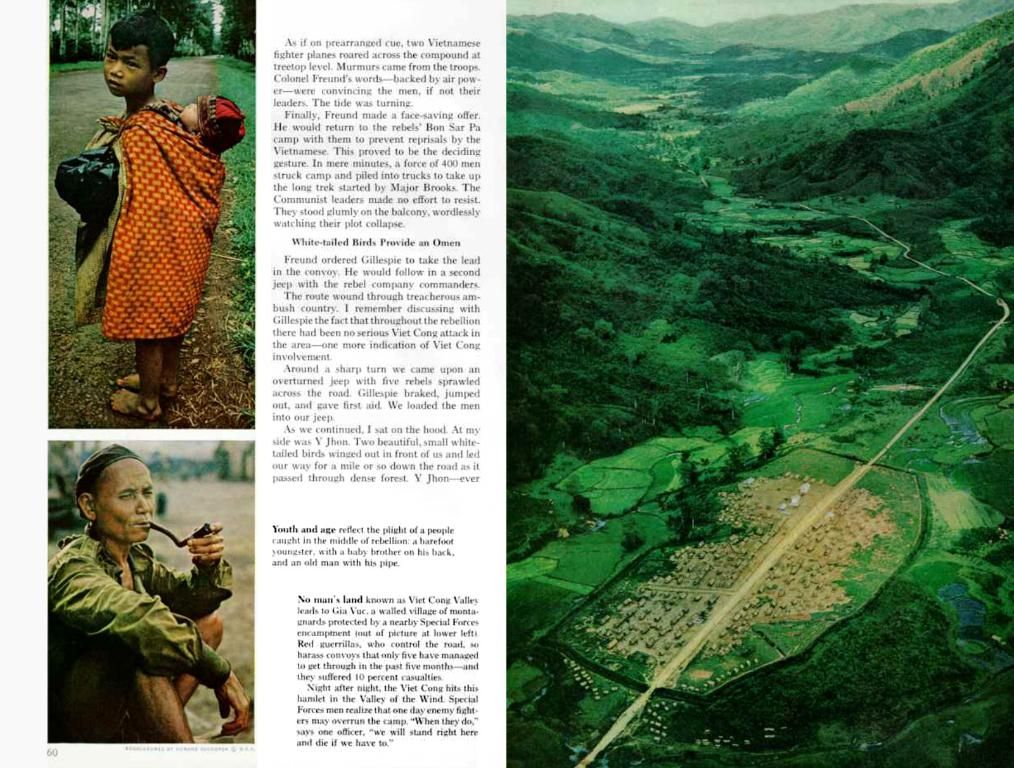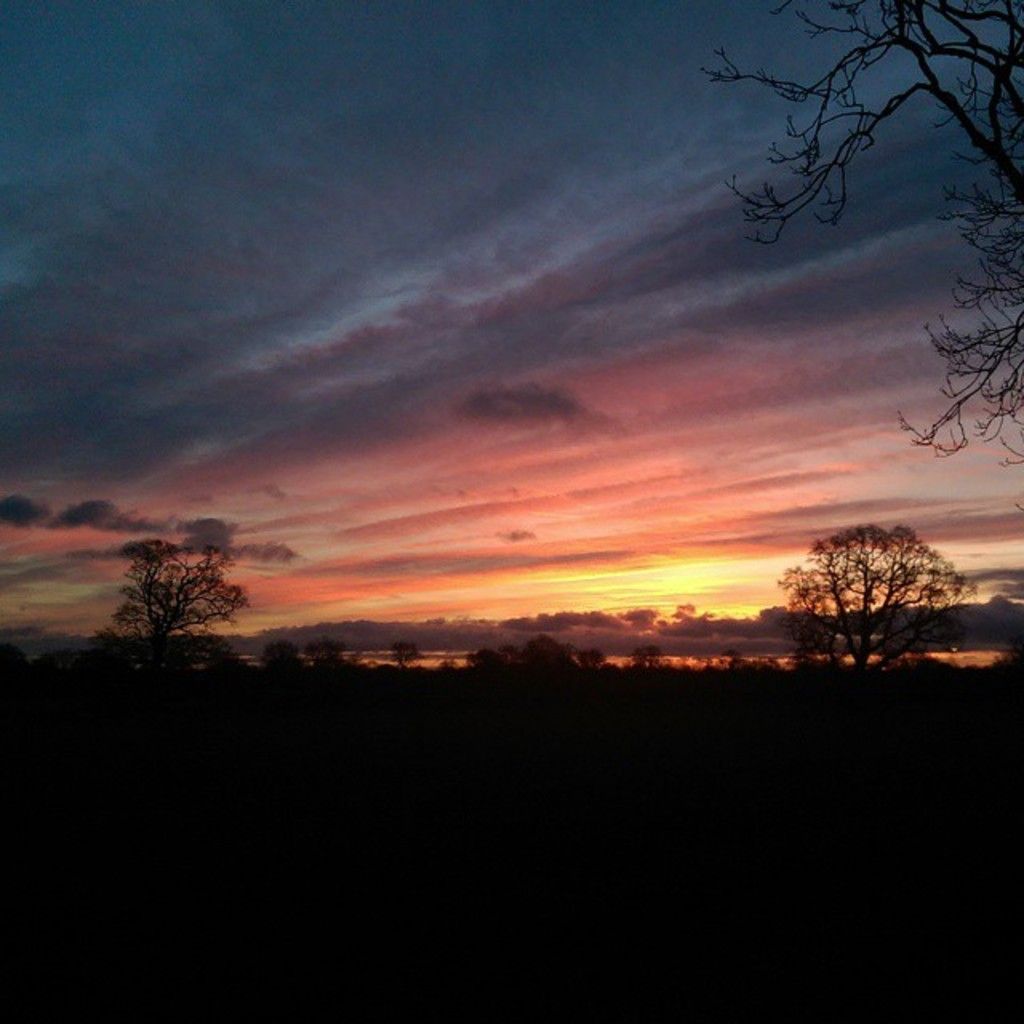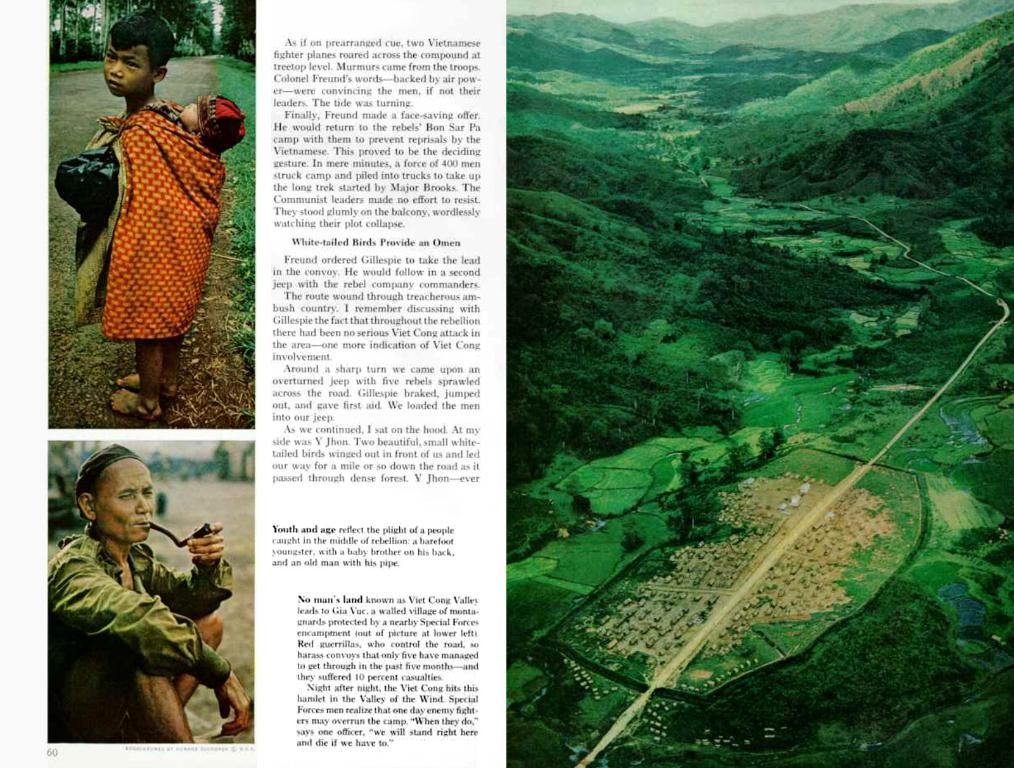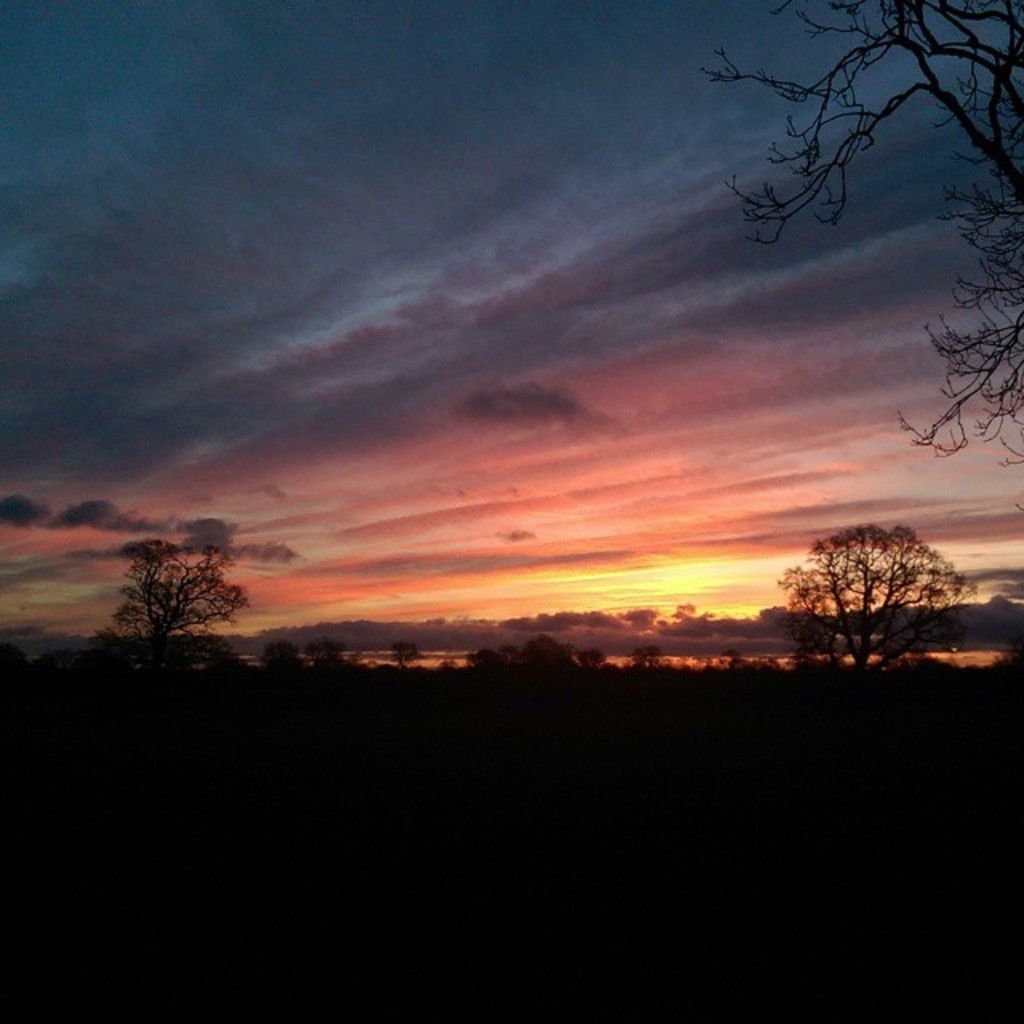Light Up the City, Extend the Growing Season: How LEDs Affect Plants in Urban Spaces
Urban Flora Grows Prematurely and Persists for Extended Periods
Cities, alive with street lamps, neon signs, and stores glowing late into the night, reframe nature's rhythm—and not for the better, a group of researchers discovered. Artificial urban lighting delays the end of the natural growth period of plants in autumn by around 11 days, and in combination with higher urban temperatures, it causes the growth period to start about 12.5 days earlier than in rural areas.
This fascinating observation is based on an international study evaluating data from 428 cities in the Northern Hemisphere between 2014 and 2020, all published in the journal "Nature Cities."
Heavenly Bodies and Asphalt Radiators: The Urban Take on Bloom and Bloom
Why do plants in our concrete-jungles flourish earlier and stay green for a longer time? The research team, led by Lin Meng of Vanderbilt University, delved into the mystery. They found that artificial light and higher heat radiation emitted from our buildings play a significant role in flowering, growth, and the timing of when plants shed their leaves.
European Cities: The Early Birds in the Gardens of Spring
Surprisingly, cities with a difference of more than ten days at the start of the growing season are mainly found in Europe—along with Southeast Asia, North America, and the northwest coast of Europe. While cities with a difference of over ten days in the growth period itself are primarily located in South Asia, Europe, or the western parts of North America.
Europe's cities seem to be blooming first, followed by Asia, and then North America, where cities tend to be fairly bright due to excessive lighting.
Artificial Light: The Secret Ingredient for a Longer Growing Season
Through calculations, Meng and his colleagues separated the influences of temperature and light on the growth periods of plants. They found that, in spring, temperatures and light contribute almost equally to the earlier flowering of urban plants compared to rural ones. However, in autumn, artificial light delays the natural vegetation period significantly.
Some European cities have faced water shortages and showed shorter growing periods due to water scarcity. Higher temperatures in summer can lead to an extension of the growing seasons, but they can also reduce water availability, leading to premature leaf aging and acceleration of developments in autumn.
However, artificial lighting in the study contributed a greater share in delaying the vegetation period in all climate zones than temperature. The type of lighting also seems to play a role. As traditional lamps like sodium vapor lamps have been replaced by energy-saving LED (light-emitting diodes), the primary effect on plant development could change fundamentally.
Blue Light Emission: A Wildcard in Urban Plant Growth
With LED lighting on the rise, the switch brings a unique blend of blue light to the urban landscape. This pronounced blue light emission could potentially alter the influence of artificial light on plant development, as investigations have barely begun to explore this question.
Insights:- While traditional lighting also contributes to light pollution, LEDs are more energy-efficient and have a different spectral output, which could potentially affect plant growth differently.- LED lights extend growing seasons of urban vegetation more than temperature changes, causing them to bloom earlier and keep their green longer.- If you're curious about a city's water consumption, Meng's team revealed that half of all urban districts are using too much water, which can potentially alter the natural flow of urban vegetation and limit vegetation periods.
Sources: ntv.de, Stefan Parsch, dpa
Key points:- Temperatures- Light Emission (Classified as Blue Light Emission)- Water Consumption- Phenological Changes in Urban Vegetation- European Cities' Early Spring Growing Season Start.
- The studypublished in the journal "Nature Cities" revealed that in addition to higher temperatures, artificial light sources such as LEDs in urban spaces play a significant role in the premature blooming and extended growth period of plants.
- In environmental-science, the shift from traditional lighting to energy-efficient LEDs could potentially have different impacts on plant health-and-wellness and fitness-and-exercise within urban spaces, particularly due to the unique blue light emission characteristic of these lights.
- There is a growing concern about climate-change and its effects on the environment, as urbanization and excessive light pollution from LEDs contribute to the disrupting natural growing patterns in cities, leading to potential consequences such as water shortages in certain regions.




